Programming the Parallel Port: Interfacing the PC for Data Acquisition & Process ControlDhananjay Gadre Why purchase expensive add-on cards or bus interfaces when you can develop effective and economical data acquisition and process controls using C programs? Using the under-employed printer adapter (that is, the parallel port of your PC), you can turn your computer into a powerful tool for developing microprocessor applications. Learn how to build a complete data acquisition system and such varied applications as a CCD camera controller, a photometer interface, and a wave form generator. The book also covers the enhanced parallel port (EPP), the extended capabilities port (ECP), interfacing analog-to-digital converters, and data acquisition under Linux. This extraordinary software approach to interfacing through the parallel port will be especially appealing to programmers involved in control systems design and device development, as well as to those who work with real-time and embedded systems. ;
Key topics include; the Enhanced Parallel Port (EPP), Extended Communications Port (ECP), Analog/Digital Converters (ADC and DAC), adding bits to the parallel port, hosting an EPROM emulator, connecting to an external microprocessor, and generating digital waveforms. The Art of Designing Embedded SystemsJack Ganssle Art of Designing Embedded Systems is apart primer and part reference, aimed at practicing embedded engineers, whether working on the code or the hardware design. Embedded systems suffer from a chaotic, ad hoc development process. This books lays out a very simple seven-step plan to get firmware development under control. There are no formal methodologies to master; the ideas are immediately useful. Most designers are unaware that code complexity grows faster than code size. This book shows a number of ways to linearize the complexity/size curve and get products out faster. Ganssle shows ways to get better code and hardware designs by integrating hardware and software design. He also covers troubleshooting, real time and performance issues, relations with bosses and coworkers, and tips for building an environment for creative work.
Get better systems out faster, using the practical ideas discussed in Art of Designing Embedded Systems. Whether you're working with hardware or software, this book offers a unique philosophy of development guaranteed to keep you interested and learning.
* Practical advice from a well-respected author
* Common-sense approach to better, faster design
* Integrated hardware/software Embedded Systems DictionaryJack Ganssle, Michael Barr This dictionary defines the 2,500 most-used words in the embedded systems field, with a general, contextual definition for less technical readers, and an in-depth definition for serious technical readers. Extreme NXT: Extending the LEGO MINDSTORMS NXT to the Next LevelMichael Gasperi, Philippe E. Hurbain, Isabelle L. Hurbain Extreme NXT: Extending the LEGO MIDSTORMS NXT to the Next Level is for intermediate-level users of NXT who would like to advance their capabilities by learning some of the basics of electronics. Plenty of examples are provided, and easy-to-follow instructions are included for building over 15 different sensors.
This makes a great reference for the NXT hardware interfaces. Examples even come complete with multiple, alternative NXT languages. The book is also abundant with illustrations. Mastering the Raspberry PiWarren Gay You probably already know that the Raspberry Pi is an excellent teaching tool. If you want to teach Linux basics or Python programming or basic electronics, it's a great place to start. But what if you are an electronics engineer or a Linux systems administrator or a very experienced maker? You want to know all of the details and inner working of the Raspberry Pi — how to (figuratively or maybe even literally) make it get up and dance without wading through basics and introductory material.
If you want to get right into the pro-level guts of the Raspberry Pi, complete with schematics, detailed hardware explanations, messing around with runlevels, reporting voltages and temperatures, and recompiling the kernel, then Mastering the Raspberry Pi is just the book you need. Along with all of the thorough explanations of hardware and operating system, you'll also get a variety of project examples and explanations that you can tune for your own project ideas.
You'll find yourself turning to Mastering the Raspberry Pi over and over again for both inspiration and reference. Whether you're an electronics professional, an entrepreneurial maker, or just looking for more detailed information on the Raspberry Pi, this is exactly the book for you. What youll learn How to set up the Raspberry Pi for bare metal interfacingDetailed and clear explanations of the Pi's hardware capabilities, including GPIOWorking with Linux on the Pi, including boot files, the Pi's own vcgencmd command, and cross-compiling software, including the kernelHow to make a GPIO extenderHow to work with a stepper motor and the Pi, including building an H-bridge driverHow to make a remote control panel with the PiHow to use Pulse Width Modulation with the PiWho this book is for
Experienced electronics engineers, Linux admins and users, and makers wanting to go far beyond the basics with Raspberry Pi. Table of Contents
Part I: Introduction
Ch. 1 - Why This Book?
Ch. 2 - The Raspberry Pi
Ch. 3 – Preparation: Hardware and Network
Part II: Hardware
Ch. 4 – Figuring Out Power Requirements
Ch. 5 - Header Strips, LEDs, and Reset
Ch. 6 – Working with Memory
Ch. 7 – The CPU and Working with Threads
Ch. 8 – USB Power and API Support
Ch. 9 – Working with Wired and Wireless Ethernet
Ch. 10 - SD Card Storage
Ch. 11 – Serial Communication
Ch. 12 – GPIO: Your Interface to the Outside World
Ch. 13 - 1-Wire Driver
Ch. 14 - I2C Bus: The Two Wire Interface
Ch. 15 - SPI Bus: Signaling, API, and Testing
Part III: Software
Ch. 16 – Booting ARM Linux
Ch. 17 – Initialization: Working with Runlevels
Ch. 18 – vcgencmd: Reporting Voltages and Temperatures
Ch. 19 - Linux Console
Ch. 20 – Building a Cross-Compiler
Ch. 21 – Cross-Compiling the Kernel
Part IV: Projects
Ch. 22 – Humidity and Temperature Sensor
Ch. 23 - GPIO Extender
Ch. 24 - Nunchuk Mouse
Ch. 25 - Real-Time Clock
Ch. 26 - IR Receiver
Ch. 27 - Stepper Motor
Ch. 28 - The H-Bridge Driver
Ch. 29 - Remote Control Panel
Ch. 30 - Pulse Width Modulation: Driving an Analog Meter
Appendices:
A. Glossary
B. Power Standards
C. Electronics Reference
D. Raspbian apt Commands
E. ARM Compile Options
F. Mac OS X Tips
G. Bibliography | Raspberry Pi System Software ReferenceWarren Gay Raspberry Pi is Linux, but it's a unique flavor of Linux, specifically for the ARM-based Pi. Raspberry Pi Software Reference guides you through the boot process, including options for tweaking HDMI, memory, and other boot options. You'll learn the details of run levels and creating new services, and how to use the custom command vcgencmd for doing things like reporting temperature, clock speeds, and voltage. And while there are cross-compilers available for some flavors of Linux, one of the most important things you'll get from Raspberry Pi Software Reference is how to build your own Raspberry Pi cross-compiler on your Mac OSX, Linux, or Windows computer. What youll learn In-depth coverage of boot options on the RPiWorking with runlevelsOptions for vcgencmdBuilding a cross-compiler for the Raspberry Pi on Mac OSX, Linux, or WindowsWho this book is for
All Raspberry Pi users, especially developers who need to create their own cross-compiler for the Raspberry Pi. Table of Contents
Ch. 1 - Preparation
Ch. 2 – Booting ARM Linux
Ch. 3 – Initialization: Working with Runlevels
Ch. 4 – vcgencmd: Reporting Voltages and Temperatures
Ch. 5 - Linux Console
Ch. 6 – Building a Cross-Compiler
Ch. 7 – Cross-Compiling the Kernel
Appendix A: Glossary
Appendix B: Power Standards
Appendix C: Raspbian apt Commands
Appendix D: ARM Compile Options
Appendix E: Mac OS X Tips Hardening, Tempering and Heat TreatmentGeorge Gently A comprehensive exposition of the structure of steels and the effects of different heat treatments, particularly in respect of tools. It includes solid fuel, gas and electric furnaces, case hardening, tempering and other practical information. Features accurate colour temperature charts. PHP and PostgreSQL Advanced Web ProgrammingEwald Geschwinde, Hans-Juergen Schoenig Sams¿ PHP and MySQL Web Development, by Luke Welling and Laura Thomson, showed that there is a strong demand for books that describe how to use PHP together with a specific open-source database to develop Web applications.
While MySQL is very popular, PostgreSQL is widely considered to be the more powerful of the two open-source databases. And PostgreSQL is rapidly gaining market share large organizations are beginning to use PostgreSQL instead of Oracle; the demand for PostgreSQL training and support has increased by some accounts 50% in the last six months; and Web hosting services increasingly offer PostgreSQL along with MySQL.
PHP and PostgreSQL Advanced Web Programming focuses on the specific needs of a PostgreSQL developer and will detail how to make use of PostgreSQL¿s unique, advanced features to develop high-availability, fail-safe Web applications with PHP and PostgreSQL. PostgreSQL Developer's HandbookEwald Geschwinde, Hans-Juergen Schoenig PostgreSQL is an object-relational database server that is widely considered to be the world¿s most advanced open-source database system. It is ANSI SQL-compatible, and it offers powerful features to enable more complex software design than would be possible with relational databases that are not object-oriented. PostgreSQL is extremely modular, it supports a large number of datatypes, and programming interfaces for PostgreSQL are available for all important programming languages, including C, Perl, Python, Tcl, Java, and PHP.
PostgreSQL Developer¿s Handbook provides a complete overview of the PostgreSQL database server and extensive coverage of its core features, including object orientation, PL/pgSQL, and the most important programming interfaces. The book introduces the reader to the language and syntax of PostgreSQL and then moves quickly into advanced programming topics. Application Development with SwiftHossam Ghareeb Develop highly efficient and appealing iOS applications by using the Swift languageAbout This Book Develop a series of applications with Swift using the development kits and new/updated APIsUse the new features of iOS 8 to add new flavor to your applicationsA hands-on guide with detailed code snippets to aid you in developing powerful Swift applicationsWho This Book Is For
If you are an iOS developer with experience in Objective-C, and wish to develop applications with Swift, then this book is ideal for you. Familiarity with the fundamentals of Swift is an added advantage but not a necessity. What You Will Learn Use playgrounds in Xcode to make the writing of Swift code productive and easyGet acquainted with the advanced features of Swift and make complete use of them in your codeAdd a new method for authentication to your app using Touch IDDevelop health-related apps using HealthKitTake your apps to the next level of performance and capability using MetalDevelop applications for wearables using WatchKitUse Notification Center to easily access all your notificationsMake your users devices more stylish by using Apple's built-in Quick Type keyboard, instead of the native oneIn Detail
After years of using Objective-C for developing apps for iOS/Mac OS, Apple now offers a new, creative, easy, and innovative programming language for application development, called Swift. Swift makes iOS application development a breeze by offering speed, security and power to your application development process. Swift is easy to learn and has awesome features such as being open source, debugging,interactive playgrounds, error handling model, and so on. Swift has simplified its memory management with Automatic Reference Counting (ARC) and it is compatible with Objective-C.
This book has been created to provide you with the information and skills you need to use the new programming language Swift. The book starts with an introduction to Swift and code structure. Following this, you will use playgrounds to become familiar with the language in no time. Then the book takes you through the advanced features offered by Swift and how to use them with your old Objective-C code or projects. You will then learn to use Swift in real projects by covering APIs such as HealthKit, Metal, WatchKit, and Touch ID in each chapter. The book's easy to follow structure ensures you get the best start to developing applications with Swift. Style and approach
The book achieves its end goal by dividing its content into two parts. Part 1 will take the readers, who are new to Swift, through its architecture and basics. Part 2 of the book will cover content on application development with Swift. A Programmer's Introduction to PHP 4.0W. Jason Gilmore No matter what language you are familiar with, this book will benefit you. Beginning with a rapid introduction to PHP's syntax and basic functionality, you will swiftly understand PHP. The book then steers you toward advanced issues, like PHP's role in database manipulation, sessions, and user interactivity.
Author W.J. Gilmore also examines how PHP can work with XML, JavaScript, and the Component Object Model (COM). He loads the book with practical examples and several projects that can be immediately incorporated on any website. The invaluable A Programmer's Introduction to PHP 4.0 shows you how to make the most of PHP's powerful capabilities, regardless of your current scope of PHP knowledge. |
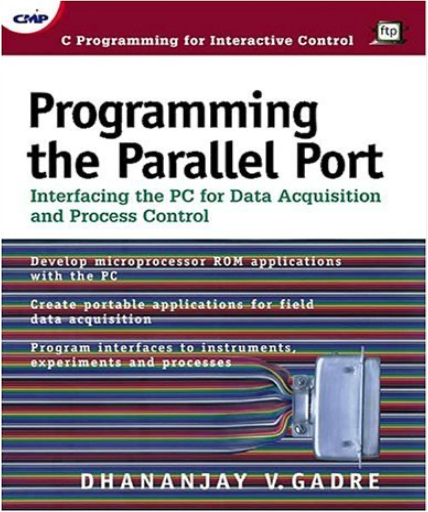
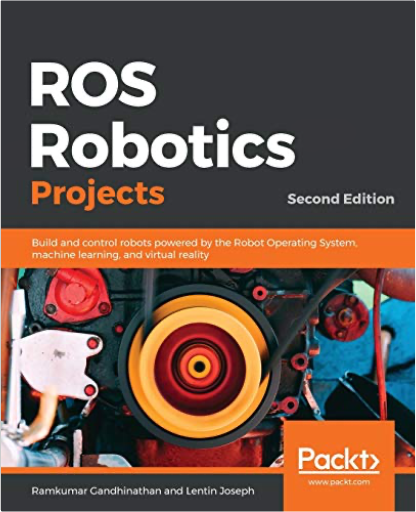
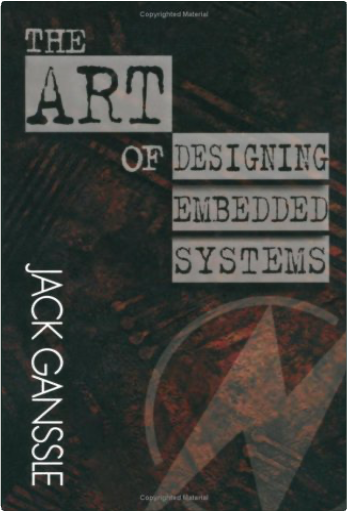
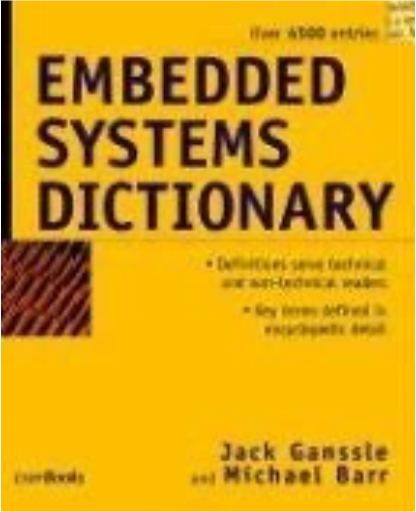
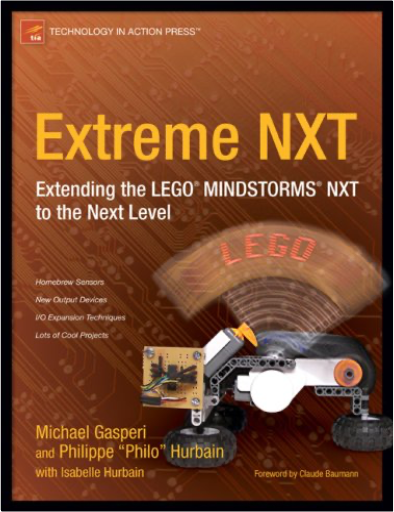
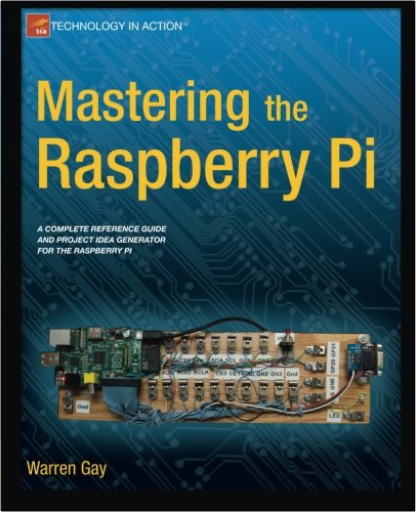
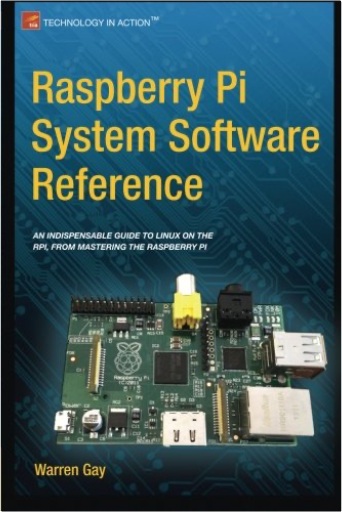

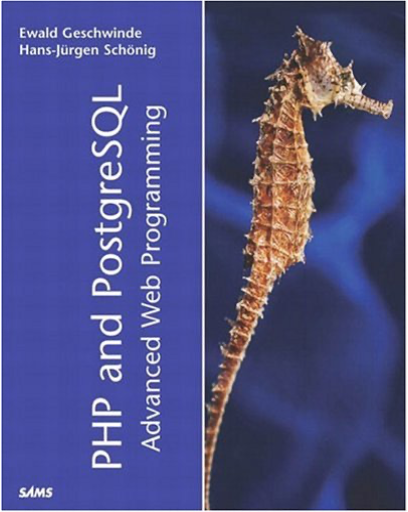
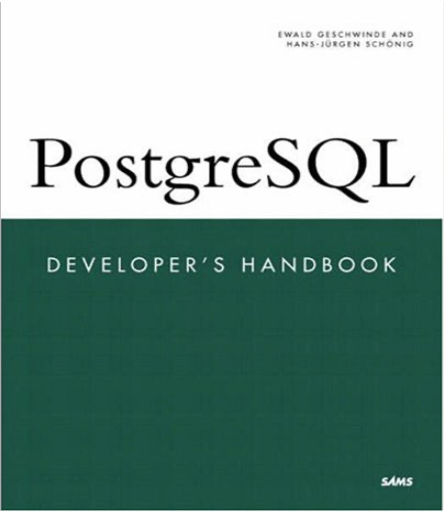
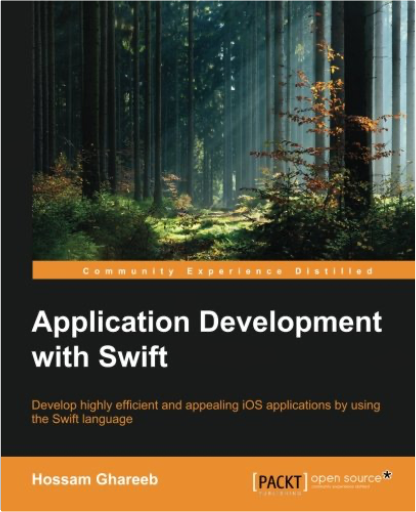
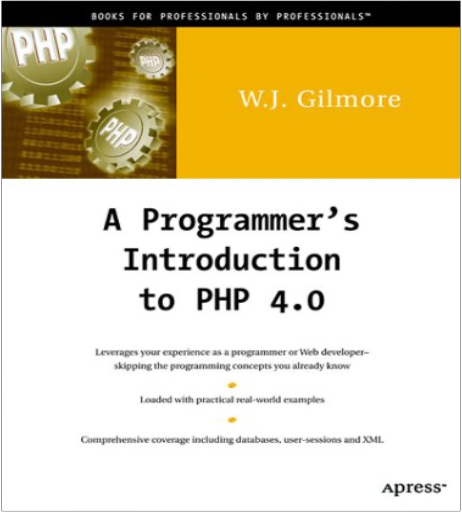


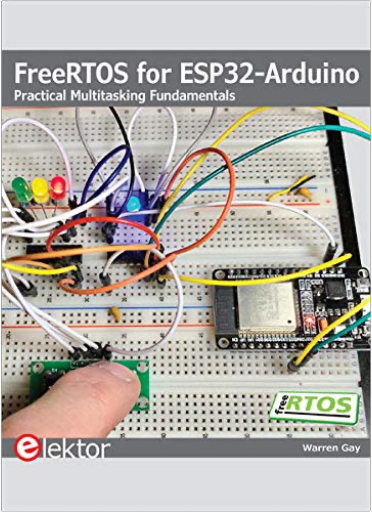
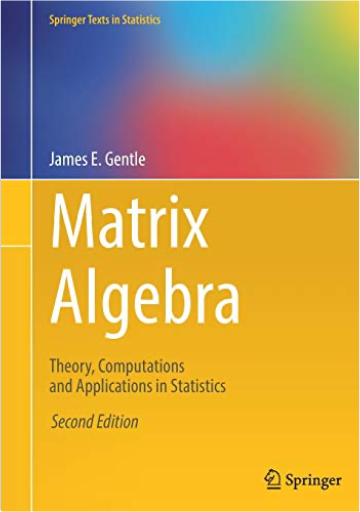
 Made with Delicious Library
Made with Delicious Library